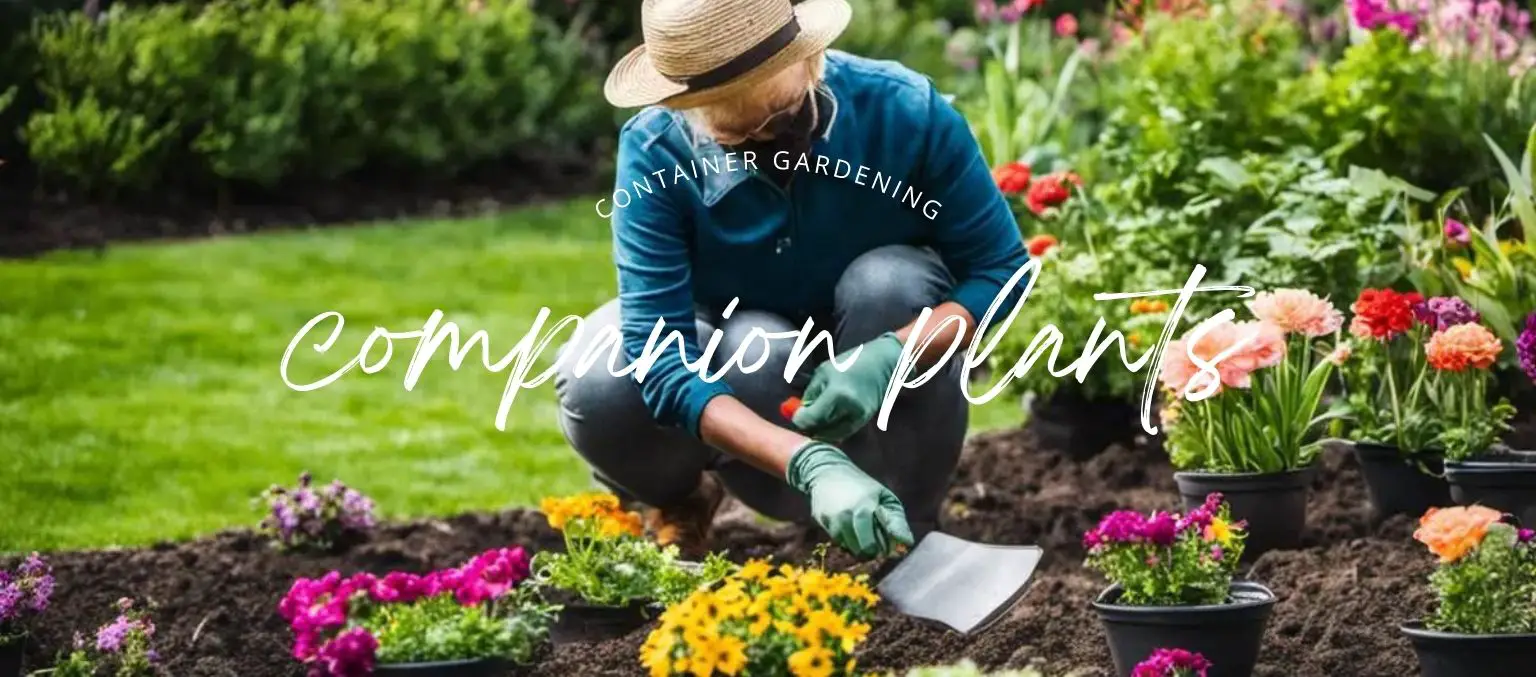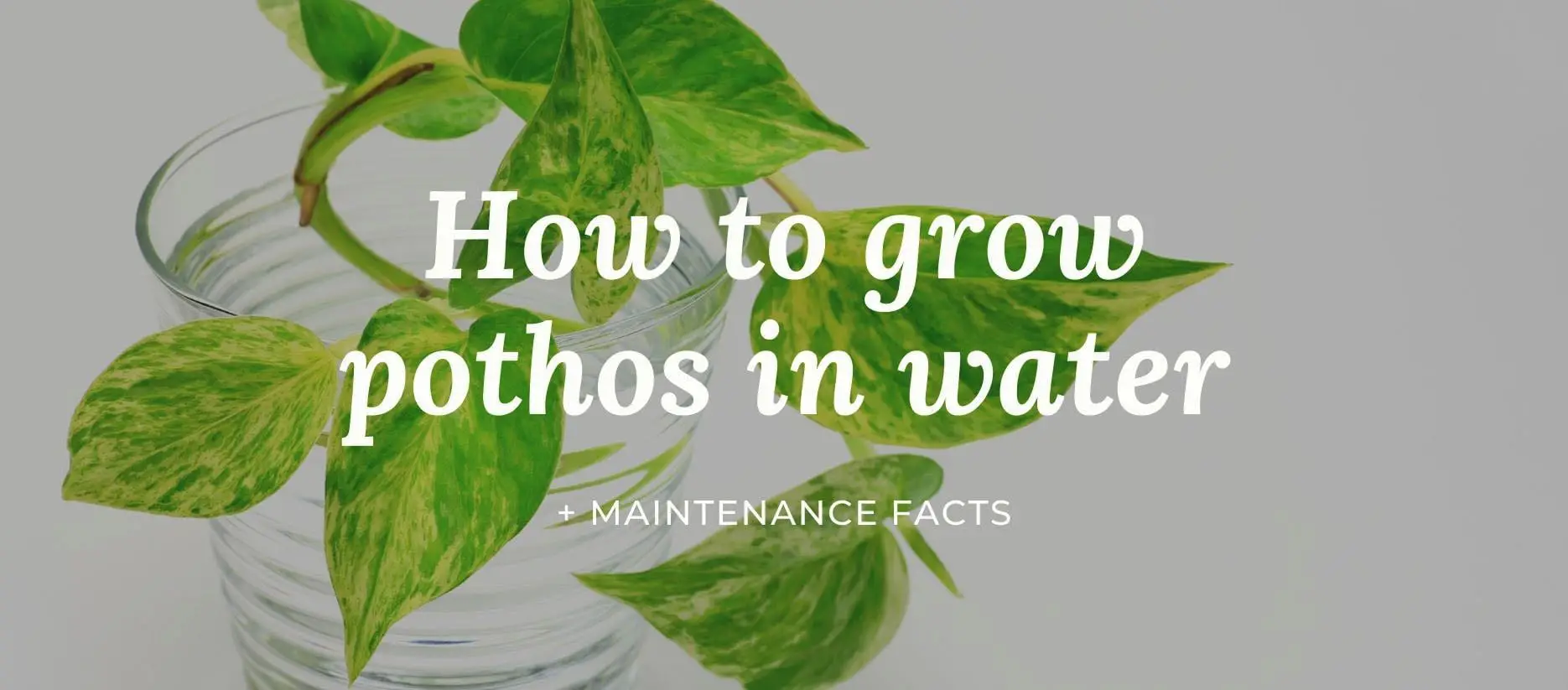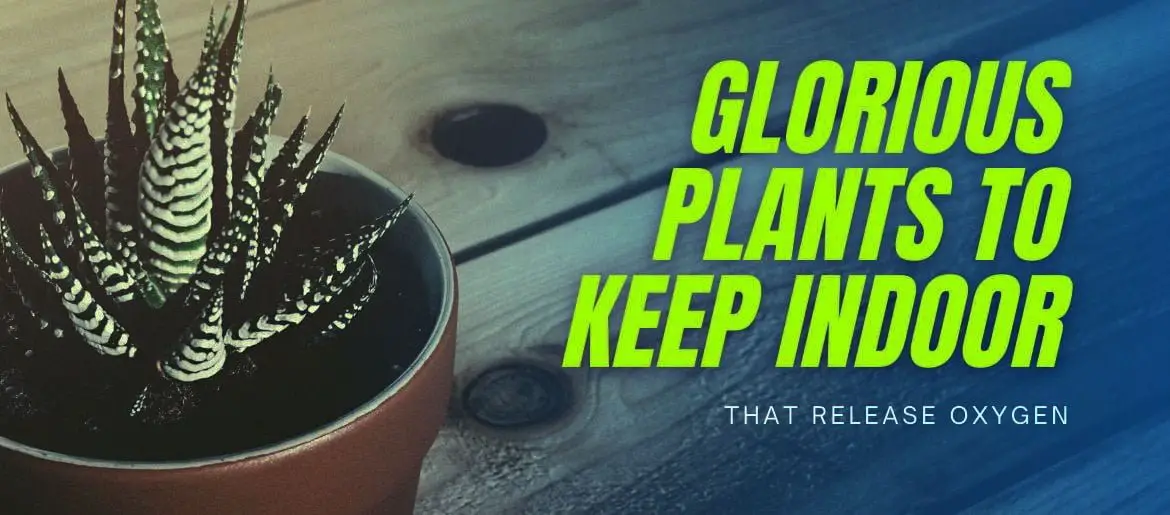Mastering Container Gardening With Companion Plants
Container gardening is a practical and delightful way to explore the beauty and bounty of plants, even when traditional gardening space may be scarce. Not only can you grow a wide variety of vegetables, herbs, and flowers in containers, but the concept of companion planting can further enhance your gardening experience.
Companion planting, an approach to gardening that pairs plants that benefit each other in terms of growth, pest control, and pollination, is an innovative and highly convenient method of gardening that is particularly useful in container setups.
In this text, we will delve into the ins and outs of container gardening, choosing suitable containers and soil, watering techniques, the art and science of companion planting, plant pairings for success, and all the essential tips to keep your container garden thriving.
Basics of Container Gardening
Understanding Container Gardening
Container gardening refers to the practice of growing plants, including various types of vegetables, fruits, herbs, and flowers, inside a container rather than planting them directly into the ground. The container can be a pot, a tub, a hanging basket, or even repurposed items like buckets, barrels, or shoe organizers.
The primary advantage of container gardening is its versatility. It allows you to cultivate a wide variety of plants in a limited space which is ideal for those living in apartments or homes with little to no yard space. Moreover, it provides greater control over the growing conditions such as the type of soil, amount of water, exposure to sunlight, and protection from pests and diseases.
However, container gardening also comes with its own challenges. The confined space means the roots of the plants cannot spread out and access nutrients from a wide area. Therefore, these plants are more dependent on you for their water and nutrient needs. Additionally, containers can dry out faster than traditional gardens, requiring more frequent monitoring and watering.
Selecting the Ideal Container
The choice of container depends on the type of plant you want to grow. Ensure the container is deep enough to accommodate the root system of your chosen plant. Drainage is also critical; thus, the container should have holes at the bottom to allow excess water to drain out and prevent waterlogging.
Clay pots are preferred for their porous nature which allows air and moisture to move through the walls, benefiting root development. However, they tend to dry out quickly and can be heavy. Plastic containers retain water better and are lightweight, ideal for hanging gardens.
Choosing the Right Soil Mix
The soil used in container gardening is not the same as garden soil. A light and well-draining soil mix is vital for container plants. Most container plants thrive in a soilless potting mix, a lightweight and moisture-retentive blend of peat moss, vermiculite, and perlite.
Consider amending the soil with compost or slow-release fertilizer pellets to provide the necessary nutrients ensuring optimum plant growth. Regular feeding is crucial as nutrients leach out of the container every time you water.
Mastering Watering Techniques
Watering techniques are integral to the success of a container garden. Overwatering and underwatering can both create problems. An overwatered plant may exhibit wilted, yellow leaves whereas an underwatered plant may have dry, brown leaves.
The ideal watering strategy depends on the type of plant, the size of the container, and the organic composition of your soil. However, a common rule of thumb is to water when the top one inch of soil feels dry to the touch.
Understanding Companion Planting in Container Gardening
Companion planting in container gardening involves growing two or more plant species in close proximity for mutual benefit. These benefits can range from pest control and improved pollination to enhanced growth.
For example, planting basil alongside tomatoes can help deter pests and enhance the flavor of the tomatoes. Similarly, marigolds are known to repel several garden pests and are therefore often grown in combination with many vegetables.
However, not all plants make good companions. Each plant has its own needs in terms of space, nutrients, light, and water. Therefore, it’s crucial to understand the requirements of each plant species before pairing them together.
Final Thoughts
Successful container gardening with companion plants takes a well-calculated approach with regards to the choice of container, soil type, watering methods, and favorable plant pairings. When these factors are meticulously managed, an efficiently functioning, vibrant and productive miniature garden within one’s living space becomes achievable.

Understanding Companion Planting
An Introduction to Companion Planting in Container Gardening
Companion planting, a long-standing method in horticulture, entails growing diverse crops close to one another for their mutual advantage. This strategy rests on the premise that specific plants, when grown in unison, can promote each other’s growth, stave off pests, and proffer other benefits. Companion planting is a strategic technique that emerges from the concept of plants’ mutual dependence on one another and their surroundings.
In container gardening, companion planting is about strategically positioning plants within the same pot or container such that their growth is boosted without impinging on available space. A typical example is the ‘Three Sisters’ gardening method, a practice of Native American origin, which integrates corn, beans, and squash within a single container, resulting in enhanced soil fertility, pest determent, and optimized space usage.
Benefits of Companion Planting in Container Gardening
Companion planting offers numerous benefits, especially for the tight confines of container gardening. First, it maximizes space, an essential component in container gardening, by allowing the growth of more than one plant type per pot. This helps to achieve an effective and functional use of available space.
Another critical reason for companion planting in a container is pest control. Some plants repel certain insect pests, protecting their neighbors from infestations. For instance, basil planted alongside tomatoes helps to repel flies and mosquitoes.
Also, this method encourages biodiversity. By varying the types of plants in a single container, you stimulate a more diverse array of life in and around your plants, replicating the natural ecosystem.
Choosing the Right Companions for Container Gardening
The compatibility of specific plants makes companion planting succeed or fail. Plants thrive well together if their growth requirements – light, water, nutrients – are similar.
Marigold flowers, for example, are a perfect companion to virtually any vegetable crop. Their aroma deters many common garden pests. Another champion companion plant is basil; it can be potted together with tomatoes, peppers, and others as it is said to improve flavor and growth and repel pests.
Conversely, not all plants make good roommates; some combinations may even be detrimental to one or both plants. Take, for instance, the dill and carrot combo, while they get along in the kitchen; in the garden, they stunt each other’s growth. Cabbages and vines, such as the grape vines, should not be planted together as they typically will stunt the growth of one another.
Pioneering Your Planting Scheme
Embarking on a successful planting scheme requires thoughtful evaluation of the plants’ growth behaviors and needs. Aim to create a harmonious blend of crops that can flourish together without battling for essentials like sunlight, water, and soil nutrients. Allocate space with a forward-thinking approach, keeping in mind the growth size at maturity, natural sunlight requirements, watering frequency, and potential pest threats.
Success often comes with trial and error, so don’t fear a bit of experimenting as you fine-tune your companion planting plan. Despite finding the perfect pairings, remember that everything still hinges on your proper care — from watering and fertilizing to pruning.

Best Companion Plants for Container Gardening
Choosing the Right Plants for Container Gardening
Embracing container gardening allows those living in urban areas or those dealing with limited outdoor space to bask in the joy of nurturing nature. This gardening style brings plants and people closer, even within the concrete walls of a city. Companion planting takes this concept a step further, allowing for multiple plants to live together in one pot.
This acclaimed method catapults plant productivity, encourages true symbiosis by controlling pests, attracts beneficial insects, maximizes available rooting space, and promotes mutual plant pollination. Your green-thumb ambitions can truly soar with the possibilities this gardening style offers.
Culinary Herbs
Herbs are ideal plants for container gardening because of their small stature and varied decorative and practical uses. Basil and chives work well together, with the strong scent of basil helping repel pests that might otherwise target chives. Rosemary and thyme also make good companions as they share similar sunlight and watering needs. Add some parsley to this combination to keep pests away and enhance the flavor of its companions.
Ornamental Flowers
Ornamental flowers aren’t just for looks; they can also aid in reducing pest populations and attract pollinators to your container garden. Marigolds and nasturtiums are particularly good companions for many vegetables because they deter many common insect pests. Petunias go well with beans, alleviating pest woes with their distinctive scent.
Vegetables
In the realm of vegetables, tomatoes, basil, and marigold are often grown together. The basil and marigold help deter pests that are often attracted to tomatoes. Carrots and leeks are another favorite pair as the leeks deter carrot fly and carrots deter leek moth. Peppers do well with onions and basil; the strong scent of these companions masks the pepper plants from pest insects.
For leafy greens, lettuce enjoys the shade provided by taller plants like tomatoes or peppers. Pairing spinach with beans or peas can also be advantageous, as these plants emit nitrogen that spinach thrives on.
Specific Requirements for Companion Plants
Most herbs require full sun—6 to 8 hours—per day and well-drained soil. For ornamental flowers, marigolds and petunias also prefer full sun, while nasturtiums can handle partial shade.
Vegetables have more diverse light needs; tomatoes and peppers enjoy plenty of sun, while leafy greens like lettuce and spinach do best in partial shade. Checking the specific watering and light requirements of each plant can make sure your mixed containers are a success.
Additional Tips
It’s best to use a high-quality potting mix that drains well in your containers. Water needs can vary among plants, but most container plants need watering every day in hot summer weather, and less in cooler months or if they’re in the shade. Adding a layer of mulch on top can help conserve moisture.
Creating a successful container garden with companion plants isn’t just about putting a lot of plants together; it’s about understanding each plant’s specific needs and behaviors. Being attentive to their performance and signs of struggle, and being open to learn, adjust, and experiment are the keys to helping them thrive harmoniously alongside each other. Embrace this enriching gardening experience and rejoice in creating and nurturing your very own harmonious container garden.

Maintaining Your Container Garden
Consideration of Watering Needs
One of the most vital aspects of container gardening is ensuring appropriate and regular watering for your plants. However, it’s important to remember that the water needs of your plants depend greatly on their variety, their size, and the prevailing climate conditions.
For example, while plants like tomatoes and peppers thrive on regular watering, herbs like rosemary and thyme prefer their soil a bit on the dry side. Therefore, recognizing and accommodating for the water preferences of each plant in your container will save them from being overly drenched or parched.
Remember, under watering can lead to wilting and stunted growth, while overwatering may cause root rot. A handy rule of thumb to follow is to water your plants when the top inch of the soil feels dry to touch.
Nutrients
Plants in containers will need supplemental nutrients since most potting soils do not provide a long-term supply. This typically involves adding a slow-release or water-soluble fertilizer to the soil, which supplies the essential nutrients to the plants.
The nutrient demands differ between plants, so it’s necessary to understand and cater to each plant’s specific needs. For example, tomatoes are heavy feeders and would require regular feeding, while herbs usually need less.
Sunlight Needs
Sunlight is critical for the photosynthesis process in plants. However, light requirements vary widely among different plants. Some thrive in full sunlight, while others prefer shade or indirect light. Ensure to place your container garden where it can receive adequate light according to the needs of the plants.
Pruning and Deadheading
Pruning and deadheading are essential maintenance techniques in container gardening. They help to keep plants healthy and encourage more growth and flowering. Pruning involves trimming off any dead or diseased branches, leaves or stems to redirect the plant’s energy to new growth. Deadheading, on the other hand, is the practice of removing faded or dead flowers to stimulate the plant to produce more blooms.
Pest Control
Companion planting can play a significant role in pest control. Certain plant pairings can help repel unwanted insects, while attracting beneficial ones. In the unfortunate event of a pest outbreak, early detection and removal is key. Mild infestations can usually be dealt with using less harmful methods like handpicking, while severe cases may require more drastic measures such as natural or chemical pesticides.
Soil Refreshing and Repotting
Cleaning and renewing potting soil each season can result in healthier, more robust plants. Over time, potting soil becomes compacted and depleted of nutrients. To refresh the soil, remove around one-third of the old soil and replace it with new potting mix.
Repotting or separating plants may be necessary as they grow. Some plants might become too large for the pot, or the roots may begin circling the container. When repotting, make sure to use a pot that is one size up from the current one and fresh potting mix.

Embarking on the journey of container gardening with companion plants offers a plethora of benefits and an interesting twist of traditional gardening. By paying attention to the specific needs of each plant, learning about which species thrive together, and getting hands-on with the maintenance measures, you pave the way for a flourishing container garden. It’s a process riddled with trials, errors, little victories, and the joy of seeing your plants grow in tandem.
Ultimately, the essence of container gardening with companion plants lies not just in yielding results, but also in the discoveries, learnings, and the inherent pleasure of nurturing life within your pots. So gear up, grab your gloves, and embrace the green thumb within you as you delve into the world of container gardening with companion plants.





